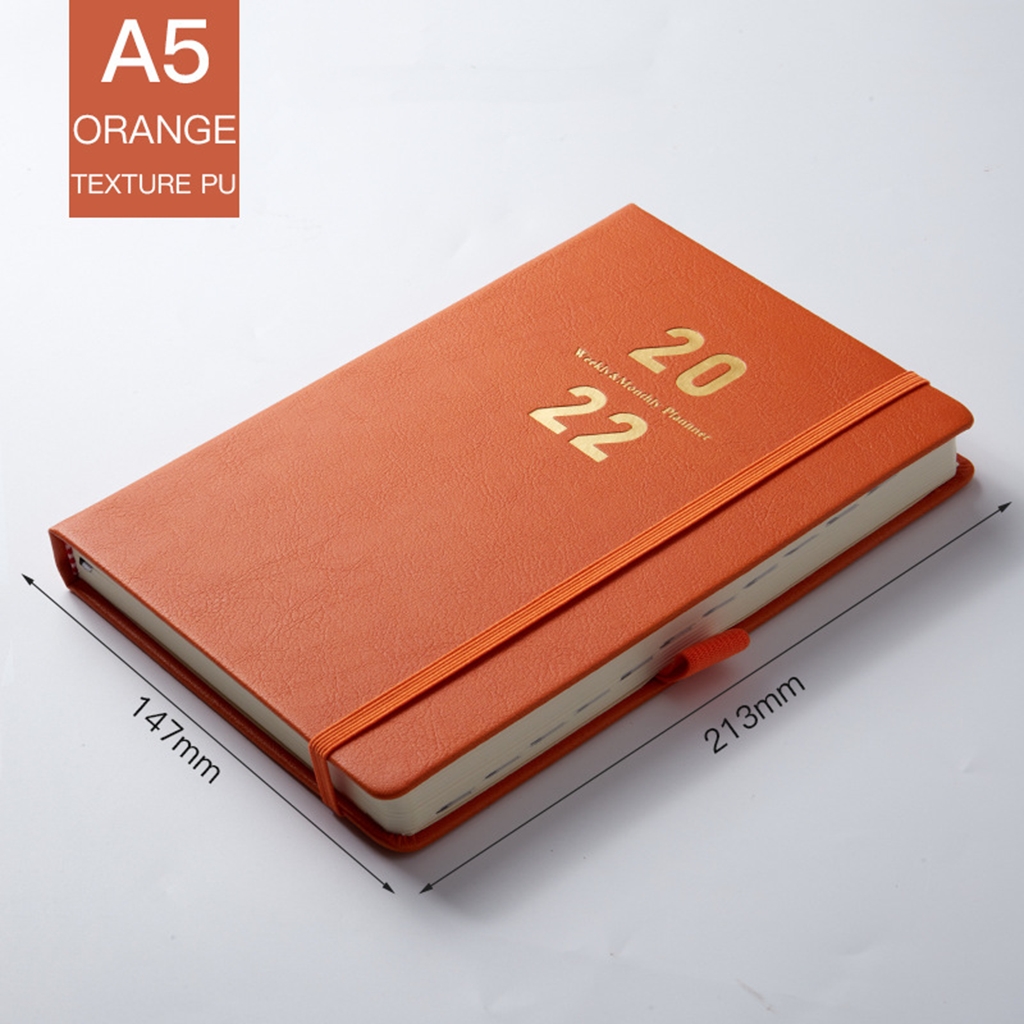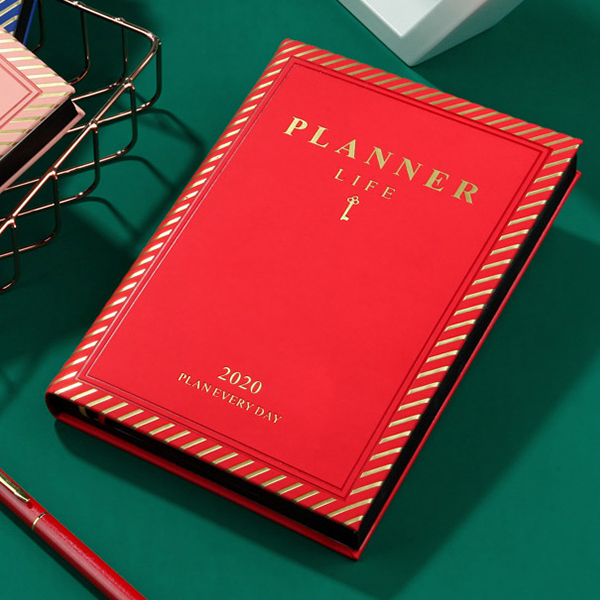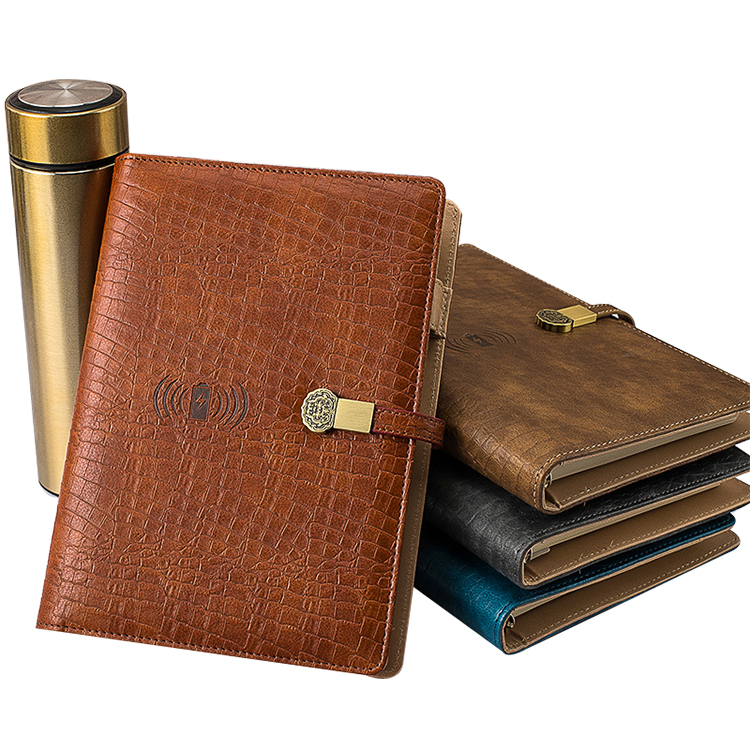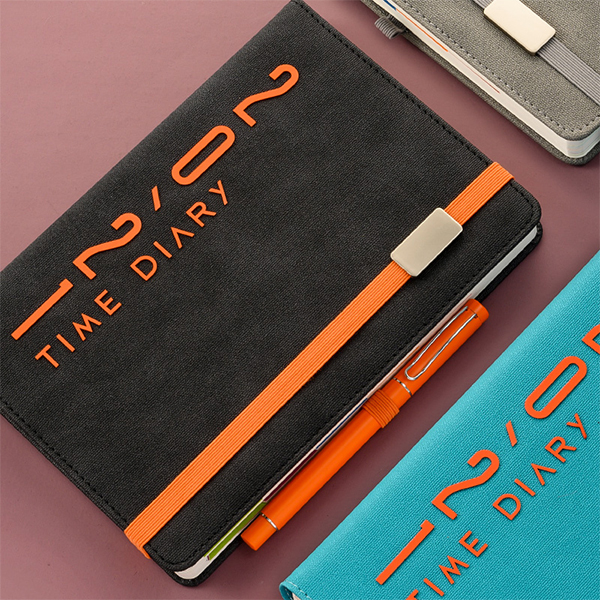
what size is a5 notebook?
Let’s start this article with an admission: I have a notebook problem. The result is this, there are several stacks of notebooks on my desk, some gracing my bookshelves, and some in a storage container under my bed. A few more are in a fancy shoebox and my sisters and friends are often recipients of notebook care packages to share the love or make room for new ones, depending on who you ask.
IS THERE SUCH THING AS 'TOO MANY NOTEBOOKS?'
I used to give myself a hard time about this. How many notebooks does one need? Why can’t I be like the people who buy one notebook, fill it up, and then get a second? Why can’t I be like my partner who keeps everything he writes, be it lists, notes, ink swatches, what have you, in one notebook?
But then I realized that I find great joy in writing in many different sized notebooks. I love the hunt of finding new ones I “have to have” and I get immense pleasure from filling lots of pages. I don’t want to run out of paper, not in this lifetime (or in the next hundred years!) which given the state of the stacks right now, is insured.
Seeing that this “problem” has been going on for about four decades at this point, I was thrilled when Galen asked me to write a short article about how notebooks are sized and what they can all be used for.
But first, a tiny bit of history.
THE HISTORY OF NOTEBOOKS
Notebooks have been around for nearly 2000 years and while they have been used by artists and writers all over the world since then, it’s the 19th century that gave birth to the modern notebook that appealed to and was priced for the masses.
The first pocket notebook we know of was filled with diligent notes kept by Lewis and Clark as they explored and traveled west. The 1860’s introduced Europe and then the world to the composition notebook, whose marble pattern was inspired by early Chinese and Japanese printing techniques. In 1888 left over scraps were made into the first legal pad for a judge with a love for yellow paper.
In the 1920’s sizing was created and introduced in Germany. By the 1970’s this “A” sizing was widely used and considered standardized sizing around the world. While not considered a world standard, “B” sizing followed to describe sizes in between the “A” sizes and is used in most countries globally.
Note: As they are one of the largest producers of stationery and notebooks in the world, it should be noted that Japan’s “B” sizing does not coincide with standard “B” sizing.
Additionally, sizes have been introduced by manufacturers through product offerings that have gone on to become part of others’ lines.
CARDBOOK (CARD SIZE) NOTEBOOK
The smallest of the Everyday Books is the Card Notebook.
At 55 x 90 mms (2.16 x 3.54 inches) this is a perfect (albeit tiny,) top-bound notebook to keep in your pocket, pen case or bag, for quick lists, to jot a simple note, to note anything you might be tracking (I personally use this notebook to log the heartrate of my 3lb. long-haired Chihuahua!)
Its compact size makes it easy to transport and it is quite convenient to take notes that can then be transferred to larger books kept at home.
PASAPORT SIZE NOTEBOOK
The passport size notebook is called a passport because it is the size of a standard - go figure - passport! It's 90 x 125 mms (3.54 x 4.92 inches) and is another great on-the-go notebook. Many people use this as a travel journal, daily diary or agenda. It is also a wonderful size for keeping a record of memorable quotes.
POCKET SIZE NOTEBOOK
The Pocket Notebook is the size of a 3 x 5 flash card. At 90 x 140 mms (3.5 x 5.5 inches) this size was popularized. While it can be used similarly to the Passport, it offers just enough extra space that it is useful as a daily to do list, grocery list or a place to make quick sketches and ideate. This also makes a nice book to keep in your pen case for swatching inks. They fit nicely in our leather pocket notebook covers.
STANDART SIZE NOTEBOOK
The standard everyday book is 110 x 210 mms (4.33 x 8.26 inches) and can be useful for both horizontal and vertical layouts. It’s unique size lends well to scrapbooking photos and ephemera, planning and journaling.
B6 SIZE NOTEBOOK
The B6 notebook size is 128 x 182 mms (5.03 x 7.16 inches). This is the notebook size that I used to take notes for this article. It is my Everyday everyday carry. I’ve found that this notebook takes its place and simplifies what I need to take with me. I use it to keep appointments, to take notes for work and bullet journaling. It is just big enough for what I need and just small enough to be practical.
A5 SIZE NOTEBOOK
A5 notebooks are offered by Galen in many formats: A5 leather notebook, a 400-page version, a top bound pad and the slim stitch-bound version. All of these formats can be utilized similarly to the B6 and at 145 x 210 mms (5.70 x 8.26 inches) are also great for carrying into a meeting or as a school or work notebook. The leather version is truly something special. It makes a wonderful journal or a research book. I’m using mine to keep notes on some artists’ materials I’ve been making, and it feels so luxurious and formal in the best way.
B5 SIZE NOTEBOOK
Surprisingly, the notebook I have most enjoyed using is the largest of the bunch, the B5 notebook. Sometimes referred to as the Composition or Extra-Large notebook, this book is 190 x250 mms (7.48 x 9.84 inches) of blank space for plotting and planning. It makes an epic illustrated journal or scrapbook but is equally practical for course work. It allows for super large spreads and its size makes it quite beautiful to look at once it is filled.
There is a perfect size notebook for your every need. It is just a matter of trial and error (which can be half the fun if you love notebooks like I do) to find the one(s) for you.

We warmly welcome your inquiry and long term cooperate!
welcome you to be our distributor in your local market






